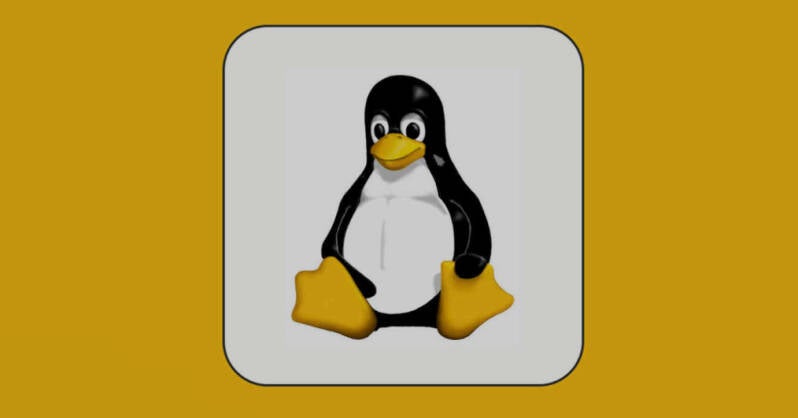
In today's technology-driven world, it's easy to feel overwhelmed by the rapid advancements and complex jargon. However, one piece of technology that has quietly become a powerhouse in both personal and professional spheres is Linux. While it may seem daunting at first, Linux is an incredibly versatile and user-friendly operating system once you get the hang of it. This article aims to introduce Linux, breaking down its basics and highlighting why it's worth considering.
Linux is an open-source operating system, meaning its source code is freely available for anyone to view, modify, and distribute. Unlike proprietary operating systems like Windows or macOS, Linux is developed collaboratively by a global community of developers. This community-driven approach results in a highly secure, customizable, and efficient operating system.
Why Choose Linux?
1. Cost-Effective: Linux is free to download and use. There are no licensing fees, making it an attractive option for individuals and businesses looking to save on operating system costs.
2. Security: Linux is known for its robust security features. Its open-source nature allows developers to quickly identify and fix vulnerabilities, reducing the risk of malware and viruses.
3. Customization: With Linux, you have the freedom to customize your operating system to suit your needs. From the desktop environment to the smallest system tweaks, Linux offers unparalleled flexibility.
4. Performance: Linux is lightweight and efficient, often requiring fewer resources than other operating systems. This makes it an excellent choice for older hardware or systems with limited resources.
5. Community Support: The Linux community is vast and active. There are numerous forums, tutorials, and documentation available to help you troubleshoot issues and learn more about the system.
Getting Started with Linux
For those new to Linux, the idea of switching operating systems can be intimidating. However, the process is simpler than you might think. Here are some steps to help you get started:
1. Choose a Distribution
Linux comes in various distributions (or "distros"), each with its own unique features and user interface. Some popular beginner-friendly distributions include:
- Ubuntu: Known for its ease of use and strong community support, Ubuntu is a great starting point for Linux newcomers.
- Linux Mint: This distro offers a familiar user interface for those transitioning from Windows, along with excellent multimedia support.
- Fedora: With a focus on the latest software and technologies, Fedora is ideal for users who want to stay on the cutting edge.
2. Try Before You Install
Many Linux distributions offer live versions that you can run from a USB drive without installing anything on your computer. This allows you to test the system and see if it meets your needs before committing to an installation.
3. Installation
Installing Linux is straightforward. Most distributions come with a user-friendly installer that guides you through the process step-by-step. You'll need to create a bootable USB drive with the Linux distribution of your choice and boot your computer from the USB drive to start the installation process.
4. Learn the Basics
Once you have Linux installed, take some time to familiarize yourself with the system. Explore the desktop environment, learn how to install software, and get comfortable with basic tasks like file management and system updates. Many online resources and tutorials can help you get up to speed quickly.
5. Join the Community
Don't be afraid to ask for help. The Linux community is known for its friendliness and willingness to assist newcomers. Join forums, participate in online discussions, and make use of the wealth of knowledge available.
Switching to Linux can seem like a big step, especially for non-tech people. However, with its cost-effectiveness, security, customization options, and strong community support, Linux is a powerful alternative to consider. By taking it one step at a time and leveraging the resources available, you can discover the many benefits of using Linux and make the transition smoother than you might expect. So why not give it a try? You might find that Linux is just what you've been looking for.
Add comment
Comments